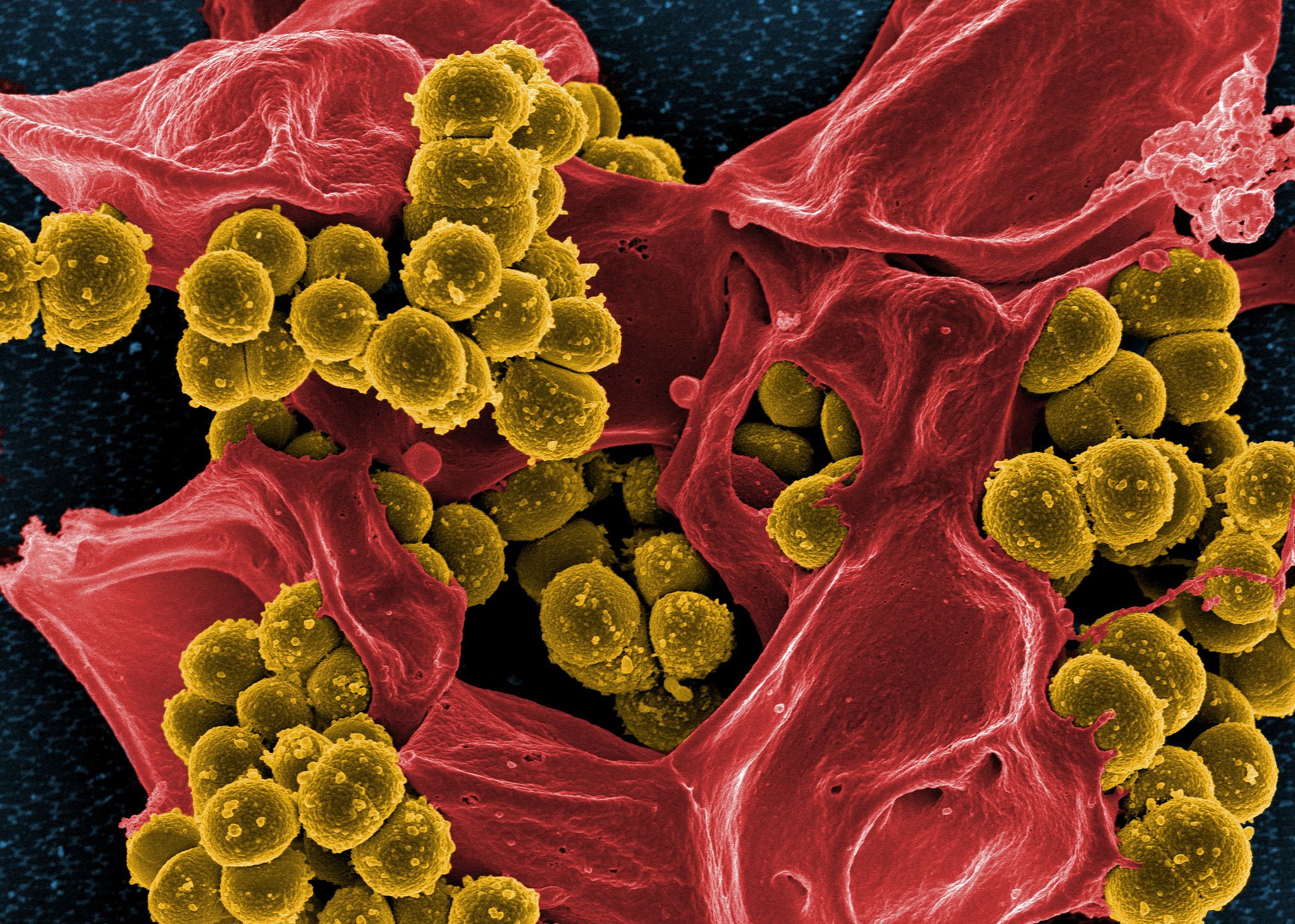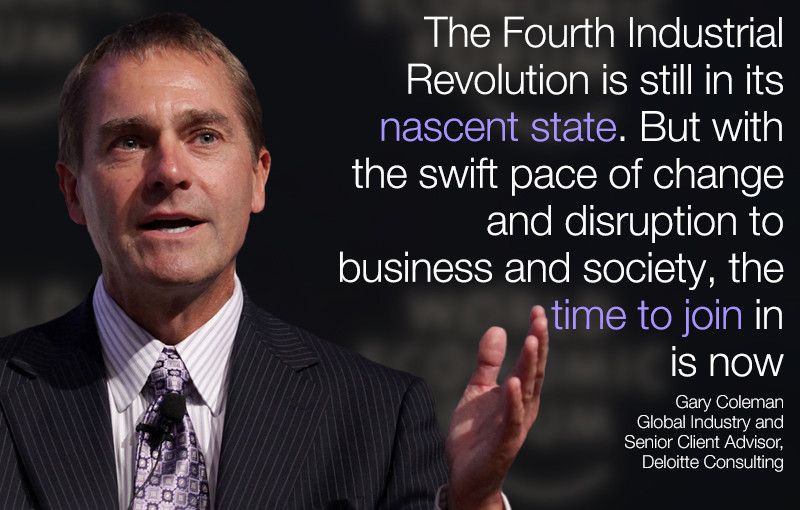The legal death of Marvin Minsky was publicly reported on Monday, January 25, 2016. There has been speculation on the part of numerous individuals and publications that he may have been cryopreserved by Alcor. This notice is Alcor’s formal response to inquiries on this issue.
In a public ceremony at the Extro-3 conference in 1997, nanotechnology pioneer Eric Drexler presented Prof. Minsky with a bracelet given to all new Alcor members. This bracelet provides emergency contact information and basic instructions. Minsky has spoken publicy many times about his advocacy of overcoming aging and the inevitability of death and about cryonics (human cryopreservation) as a last resort. He was also among the 67 signatories of the Scientists Open Letter on Cryonics and a member of Alcor’s Scientific Advisory Board. This much is public knowledge. None of this necessarily means that Prof. Minsky had cryopreservation arrangements at the time of legal death. Alcor neither confirms nor denies whether Prof. Minsky had such arrangements.
Alcor’s official response may puzzle some readers, so we would like to point out the privacy options that have been and currently are available to our members. When a member signs up for cryopreservation by Alcor, they have four options:








